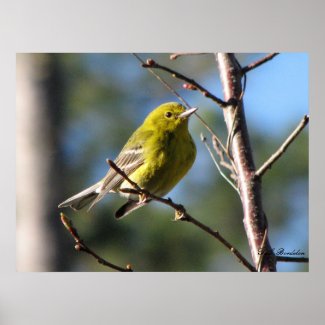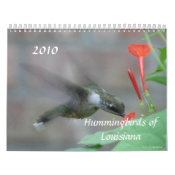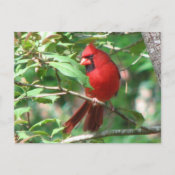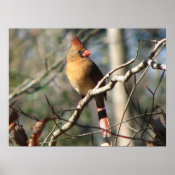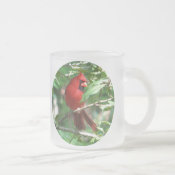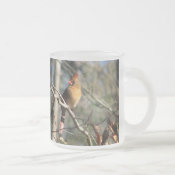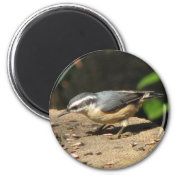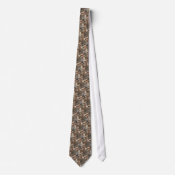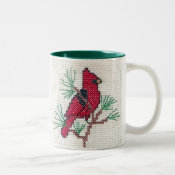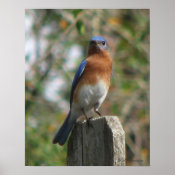On December 30, 2008 The western part of St. Tammany Parish held its annual Christmas Bird Count. We always try to participate and with 8 hours of observation on our 9 acres and a little of the neighbors' property we did pretty well. We observed and counted 36 different species of birds. We did not see some of the ones that we know live here, but you must only report what you see on the day of the count.
For more information about the birds of winter in South Louisiana, take a look at our lens, The Wings of Winter.
Here is our CBC list:
2 Red-shouldered Hawk
6 Mourning Dove
8 Red-bellied Woodpecker
3 Downy Woodpecker
6 Blue Jay
3 American Crow
9 Carolina Chickadee
7 Tufted Titmouse
4 Brown-headed Nuthatch
7 Carolina Wren
9 Ruby-crowned Kinglet
2 Eastern Bluebird
19 American Robin
1 Northern Mockingbird
2 Brown Thrasher
6 Cedar Waxwing
9 Yellow-rumped (Myrtle) Warbler
7 Pine Warbler
4 Eastern Towhee
5 Chipping Sparrow
9 White-throated Sparrow
11 Northern Cardinal
24 Red-winged Blackbird
8 Common Grackle
29 American Goldfinch
2 Wood Ducks
1 Cattle Egret
1 Great White Egret
7 Pine Siskin
2 Catbird
2 Eastern Phoebee
1 Yellow-bellied Sapsucker
3 White eyed Vireos
4 Black Vulture
3 Pileated Woodpecker
1 Brown Creeper
merry1
7 years ago
